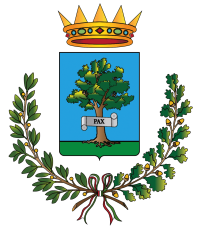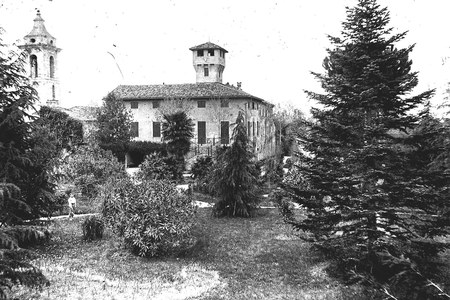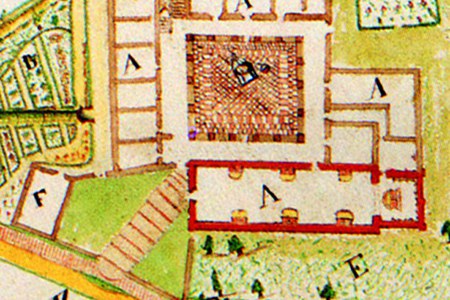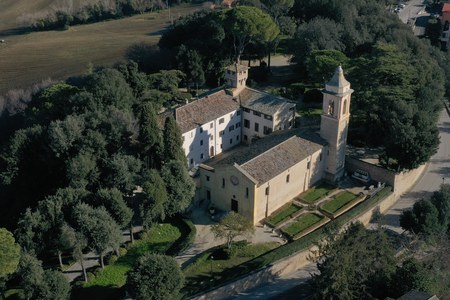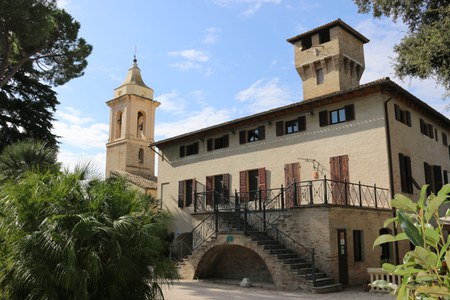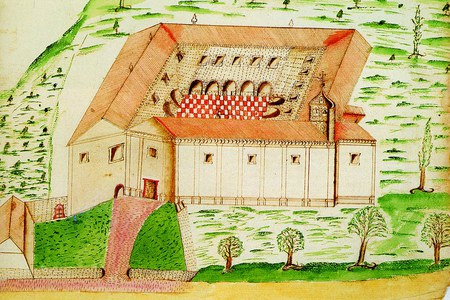Villa Nappi
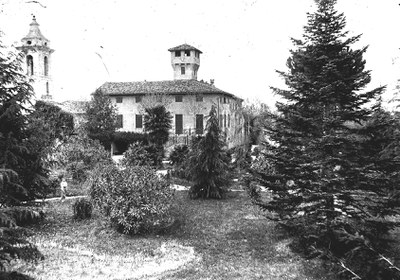
Villa Nappi is a historical building built between 1850 and 1900 on the remains of an ancient monastery consecrated to Saint Mary Magdalene and founded by the Hermits of Saint Augustine in the 12th century. As far as we know it was one of the most ancient Augustinian settlements in the Marche region and for centuries one of the hubs around which the town life in Polverigi has evolved. Destroyed by a fire at the end of the 14th century and rebuilt in 1398, the monastery was particularly dynamic and rich enough, to be able to afford a lot of valuable paintings, now preserved in the adjacent Church of Blessed Sacramento, with which the ancient structure forms a single harmonious complex. The monastery must have been a two-storey Romanesque building, arranged around a squared cloister crossed by arches and barrels, of which only the side leaning against the church remains nowadays, and which housed from 8 to 10 monks. The convent was closed during the occupation of the French troops in the late 1700s, and in 1797 Emanuele Nappi was appointed Mayor of Polverigi. It was under the administration of Eugenio de Beauharnais that the villa was sold to the noble Nappi family, whose members had been part of the aristocracy of Ancona since 1217, and among whom there were notable people who have held the highest public positions in the Doric city.
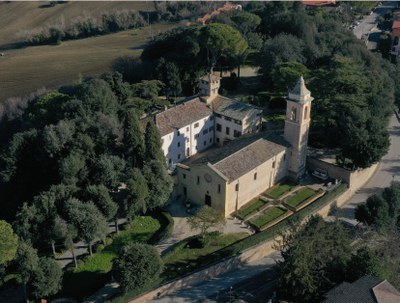
Other important descendants of the family stood out in letters and sciences, as well as in holding high ecclesiastical charges, including Girolamo di Giovanni who in 1536 was sent ambassador to Paul III and Antonio di Giovanni, ambassador to Rome in 1553 for the confirmation of the privileges of the city of Ancona. The villa was then transformed by the Counts Nappi into the family's summer residence, equipped with a park and restored in Art Nouveau style, with the ground floor used as a shed, stable, cellar and storehouse, while the upper floor, divided in two wings, was used as home for the servants and the family, with frescoed rooms and a terrace overlooking the park. The top floor housed the attic and clearing rooms.
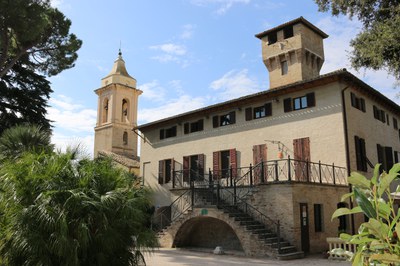 Since 1972 the villa has been owned by the Municipality of Polverigi which oversaw its restoration and renovation in 1990. Today it is also a residence for artists and for the theater production center of the Inteatro Association, a hotbed for authors and performers of performing arts. The building has rehearsal rooms, common areas, and conference rooms, which have the perfect features to host artists, conferences and international meetings. The complex is bounded by two monumental neoclassical entrances and by surrounding walls encircling the beautiful Art Nouveau park, filled with specimens of centuries-old plants.
Since 1972 the villa has been owned by the Municipality of Polverigi which oversaw its restoration and renovation in 1990. Today it is also a residence for artists and for the theater production center of the Inteatro Association, a hotbed for authors and performers of performing arts. The building has rehearsal rooms, common areas, and conference rooms, which have the perfect features to host artists, conferences and international meetings. The complex is bounded by two monumental neoclassical entrances and by surrounding walls encircling the beautiful Art Nouveau park, filled with specimens of centuries-old plants.
